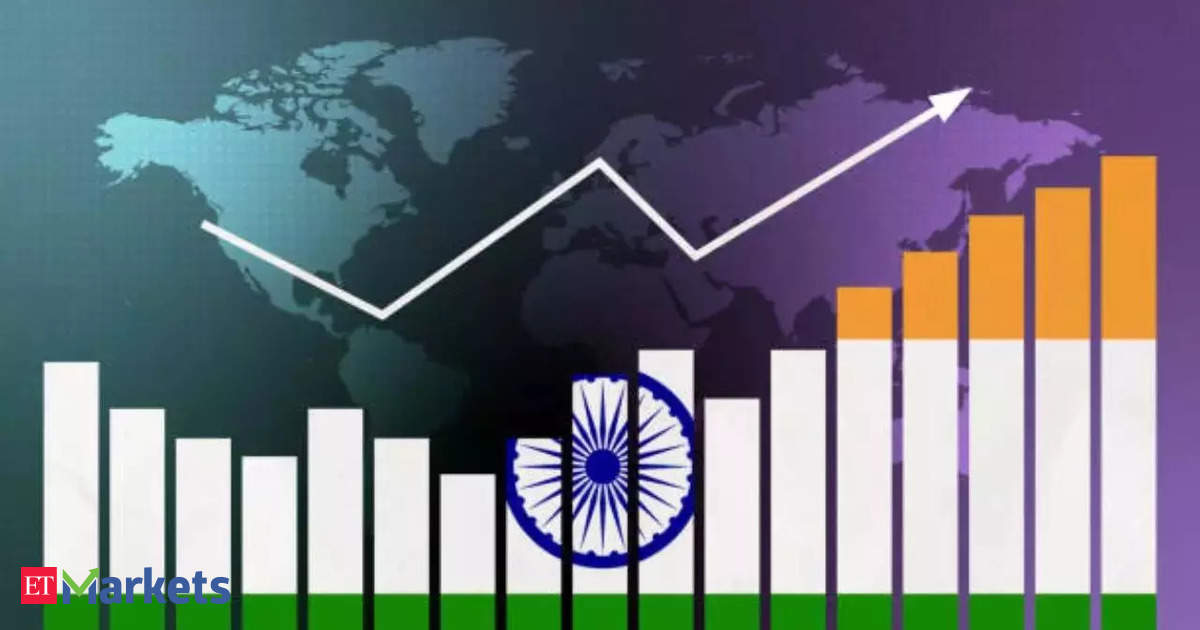While the global pharmaceutical market It is projected to grow at a constant CAGR of 6% through 2028. Indian Pharmacy The sector is poised to experience a much more impressive expansion, with growth projected at 12-16% CAGR over the same period (according to Frost & Sullivan). One might ask: what sets India apart to achieve such remarkable growth rates? Is this growth sustainable?
In this article, we will explore the unique drivers that make the Indian pharmaceutical market stand out and position it for continued success in the years to come.
Booster Shot #1: The US Biosecurity Act
The next US Biosecurity Act The aim is to reduce dependence on “companies of concern,” which have a dominant share of the US pharmaceutical market. Notably, several Chinese biotech companies have been identified as national security risks. This could lead to disruptions in drug development and delays while alternative sources are sought.
For Indian pharmaceutical companies, this scenario presents a clear opportunity. Leveraging their established expertise and leadership in global COVID-19 vaccine distribution, coupled with their supply chain efficiency, Indian companies are strategically positioned to capitalize on this market shift. The exit of Chinese players from the market opens a significant gap, which Indian companies are well equipped to fill.
Booster Shot #2: The Patent Cliff
Last week I wrote to you about The global pharmaceutical market is approaching a significant level patent cliffwith more than 300 US drug patents worth an estimated $250 billion set to expire between 2022 and 2032.
This represents a huge opportunity for Indian pharmaceutical giants, which are well equipped to manufacture generic versions of these blockbuster drugs.
India’s reputation as a reliable and cost-effective manufacturer positions it to meet global demand efficiently. With a tailored pricing strategy, Indian generic drug manufacturers can tailor prices and dosages for regulated markets such as the US and UK, improving profitability while maintaining affordability for unregulated markets. This strategic advantage strengthens the financial health of Indian pharmaceutical companies, making them major beneficiaries of the patent crisis.
Booster Shot No. 3: The BioE3 Policy
The recent approval of the BioE3 Policy The Indian Government’s initiative marks a transformative moment for the country’s bioeconomy. This policy, aimed at promoting high-performance bioeconomy, BiomanufacturingIt aligns with national initiatives such as Net Zero and Mission LiFE (Life for Environment), putting India on the path to becoming a global leader in biotechnology.
The focus of this policy on sectors such as bio-based chemicals, precision biotherapeutics and climate-resilient agriculture, along with the public-private partnership model, promises to drive sustainable growth and job creation. India’s rich biodiversity and its strategic initiatives position the country to lead the next biotechnological revolutionstrengthening its role as a global power in the sector.
In conclusion, the Indian pharmaceutical industry is poised for unparalleled growth due to these three key factors that make the Indian pharmaceutical industry a dynamic force in the global market, offering robust investment opportunities amidst the changing industry trends.
Technical perspective:
 ETMarkets.com
ETMarkets.comLast week, the Nifty index hit an all-time high of 25,333 points before retreating and closing at 24,852, down 1.52%. Following the record high, the market saw consolidation but on Friday, it registered a significant decline of over 1%. On the weekly chart, the Nifty has formed a bearish engulfing pattern, indicating a more cautious outlook going forward.
The recent decline in the Nifty reflects a broader weakness in the global markets, contributing to the domestic fall. After falling below the 25,000 mark, the index breached the 23.6% Fibonacci retracement level. The next critical support lies at the 38.2% retracement level, aligned with the 20-day moving average (DMA) at 24,786. However, the recent weakness has dampened the bullish momentum. The next key support zones to watch are at 24,500 and 24,300.
The Nifty has broken out of its rising wedge formation, a bearish pattern on the daily chart, signalling possible caution. India’s VIX is currently at 15.22, indicating rising market volatility that may challenge the prevailing bullish sentiment. Sector rotation is expected to further influence the market movements in the near term. Over the next week, the Nifty may range between the key levels of 24,500 and 25,150.
Disclaimer:
The information contained in this post is for general information purposes only. We make no representations or warranties of any kind, express or implied, about the completeness, accuracy, reliability, suitability or availability with respect to the website or the information, products, services, or related graphics contained on the post for any purpose.
We respect the intellectual property rights of content creators. If you are the owner of any material featured on our website and have concerns about its use, please contact us. We are committed to addressing any copyright issues promptly and will remove any material within 2 days of receiving a request from the rightful owner.

